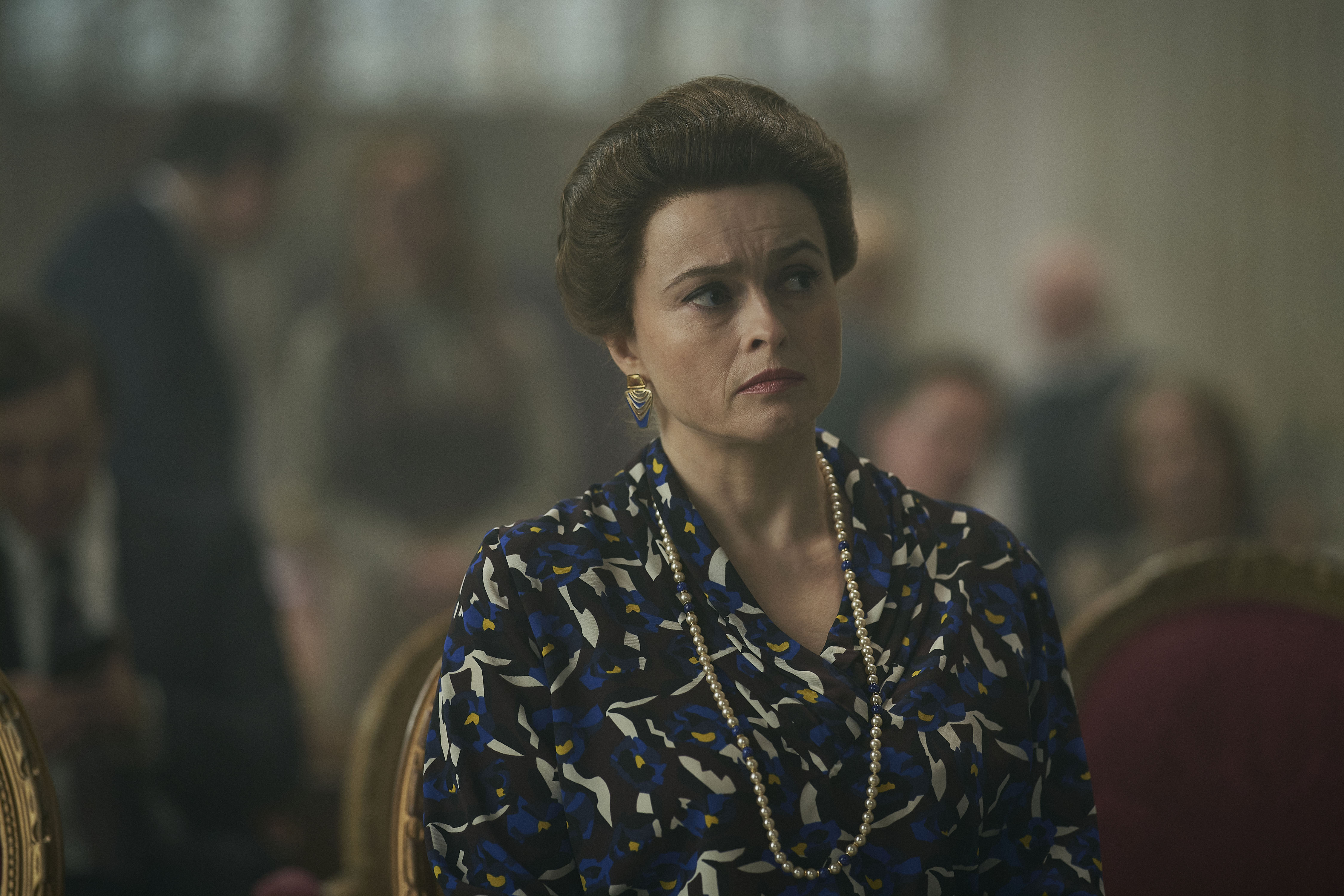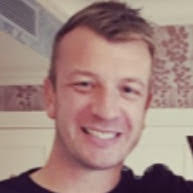Fact vs Fiction: The Crown — were the Queen's cousins really locked up in an asylum?
Netflix's The Crown tells the tale of Nerissa and Katherine Bowes-Lyon, but what really happened to the royal relations with severe learning disabilities?

The critically-acclaimed fourth series of The Crown tells the tale of Nerissa and Katherine Bowes-Lyon, the Queen's cousins who were packed off to the Royal Earlswood Institution for Mental Defectives in Redhill, Surrey, after being born with severe learning disabilities.
Princess Margaret learns of how they have spent their whole lives in the institute and were even declared dead by the royal family — who were deeply embarrassed by their condition — yet how true is this plotline from the Emmy-winning show?
Who were Nerissa and Katherine Bowes-Lyon?
Nerissa was born in 1919, and her younger sister Katherine in 1926. Both were daughters of minor aristocrat John Bowes-Lyon, the brother of Elizabeth, later the Queen Mum.
The decision to place them in the Royal Earlswood Institution was taken in 1923 when their aunt Elizabeth married the future King George VI. Their cousin Princess Elizabeth would later become Queen.
In those days, having anyone in the family with "mental deficiencies" was often a source of shame and after being forced to ditch their Germanic surname (Saxe-Coburg) during the First World War, the British royal family was desperate to avoid further controversy.
At the spartan institute, Nerissa and Katherine lived in harsh conditions alongside more than 200 other residents and had few possessions of their own.
The pair remained at Earlswood for their entire lives, unacknowledged and unvisited, until Nerissa’s death aged 66 in 1986 and Katherine’s aged 87 in 2014.
The latest updates, reviews and unmissable series to watch and more!

What happens in the show?
As The Crown moves into the 1980s and more royal heirs are born in the form of Princes William and Harry, Princess Margaret, played by Helena Bonham Carter, is more marginalized than ever and seeks out the help of a therapist.
It's during those meetings that she discovers the existence of her cousins and flies into a rage when she learns of their plight.
Shouting at the Queen Mother, she says: “Locked up and neglected. They’re your nieces — daughters of your favorite brother. It’s wicked and it’s cold-hearted and it’s cruel and it’s entirely in keeping with the ruthlessness which I myself have experienced in this family.
“If you’re not first in line if you’re an individual character with individual needs or, God forbid, an irregular temperament . . . then you’ll be spat out, or you’ll be hidden away or worse: Declared dead. Darwin had nothing on you lot — shame on all of you!”

The Queen Mother, played by Marion Bailey, tries to defend the action that was taken all those decades ago and tells Margaret: “I went from being the wife of the Duke of York, leading a relatively normal life, to being Queen.
"At the same time my family, the Bowes-Lyons, went from being minor Scottish aristocrats to having a direct bloodline to the crown, resulting in the children of my brother paying a terrible price.
“Their illness, their imbecility — their professionally diagnosed idiocy and imbecility — would make people question the integrity of the bloodline.
“Can you imagine the headlines if it were to get out? The idea that one family alone has the automatic birthright to the crown is already so hard to justify, the gene pool of that family better have 100 per cent purity.
“There have been enough examples on the Windsor side alone to worry people . . . if you add the Bowes-Lyon illnesses to that, the danger is it becomes untenable.”

How true are the events depicted in The Crown?
The core of the story is accurate, but writer Peter Morgan appears (as per usual) to have used artistic license to embellish the details.
The show suggests The Queen Mother was complicit in the plot to hide the sisters from the start, but it's thought she actually only discovered the truth in 1982 when the institution’s league of friends wrote to her.
It was reported that she then sent a four-figure sum to ensure the women were bought birthday and Christmas presents.
It's not known when the Queen discovered the truth, but she was hurt by suggestions the sisters had been abandoned entirely that were raised in a Channel 4 documentary that aired in 2012. It is also unknown whether Princess Margaret, who died in 2002, ever found out about them, or whether she confronted her mother about it.
There's also no evidence that any of the royal family ever visited the sisters and it's very unlikely that Margaret would have even sent someone else in to visit on her behalf — as she does in the show — or that she discovered the truth from her therapist.
But the revelation that the pair's condition was the result of a genetic condition not in John Bowes-Lyon’s bloodline, but that of his wife Fenella, is correct.
What kind of life did Nerissa and Katherine live at Earlswood?
Speaking about the sisters in 2011 Channel 4 documentary, The Queen's Hidden Cousins, Onelle Braithwaite, who was a nurse at Earlswood during the 1970s, said the pair knew about their royal connection.
“If the Queen or Queen Mum were ever on television, they’d curtsey, very regal, very low. Obviously there was some sort of memory." she said.
“It was so sad. Just think of the life they might have had. They were two lovely sisters. They didn’t have any speech but they’d point and make noises, and when you knew them, you could understand what they were trying to say.
"Today they’d probably be given speech therapy and they’d communicate much better. They understood more than you’d think.”
In the same documentary, ward sister Dot Penfold revealed how they hadn't been visited since their mother passed away in the 1960s. “The impression I had was that they’d been forgotten," she said.
Sean is a Senior Feature writer for TV Times, What's On TV and TV & Satellite Week, who also writes for whattowatch.com. He's been covering the world of TV for over 15 years and in that time he's been lucky enough to interview stars like Ian McKellen, Tom Hardy and Kate Winslet. His favourite shows are I'm Alan Partridge, The Wire, Wolf Hall and Succession and in his spare time he enjoys drinking tea, doing crosswords and watching football.


